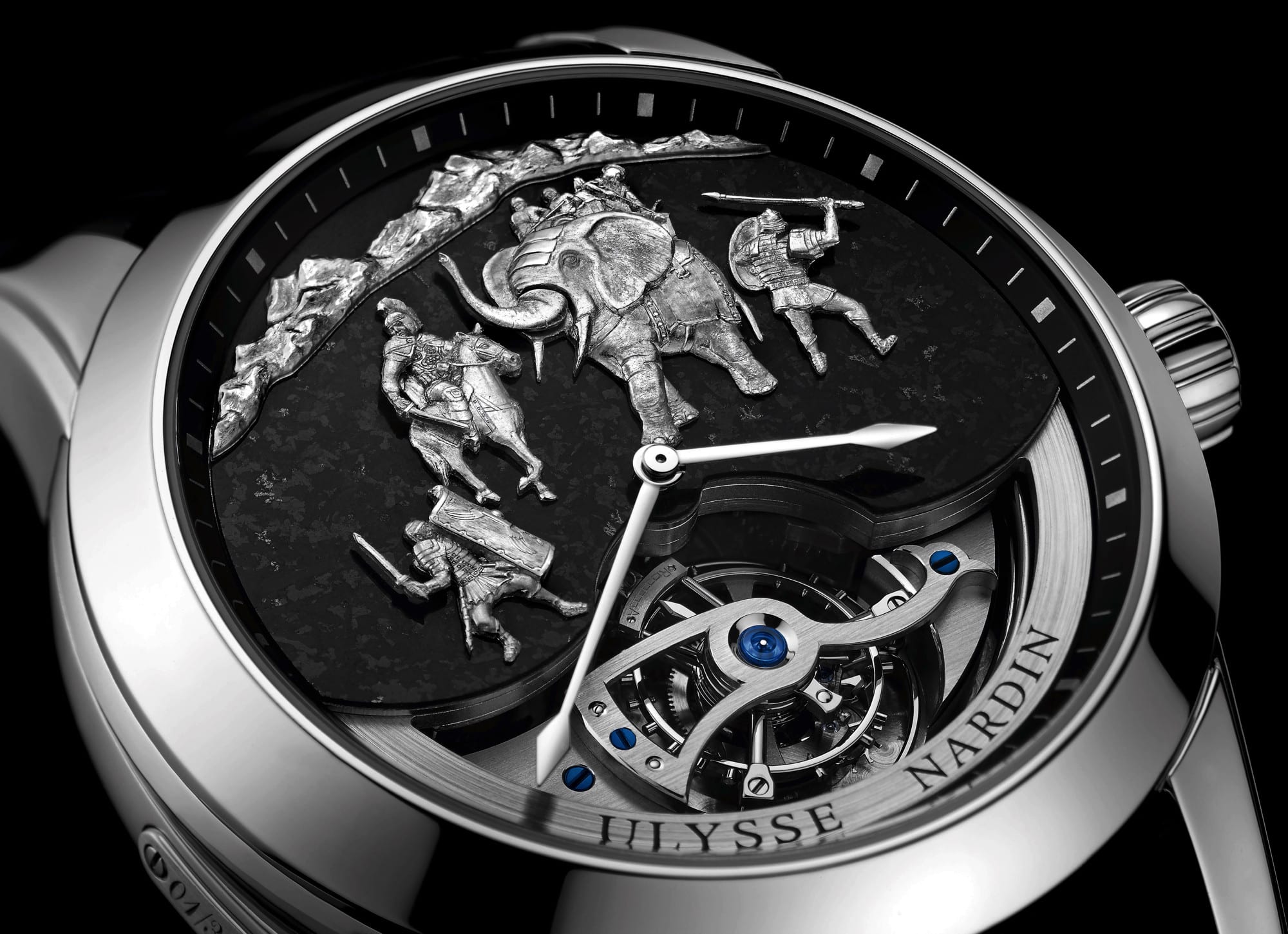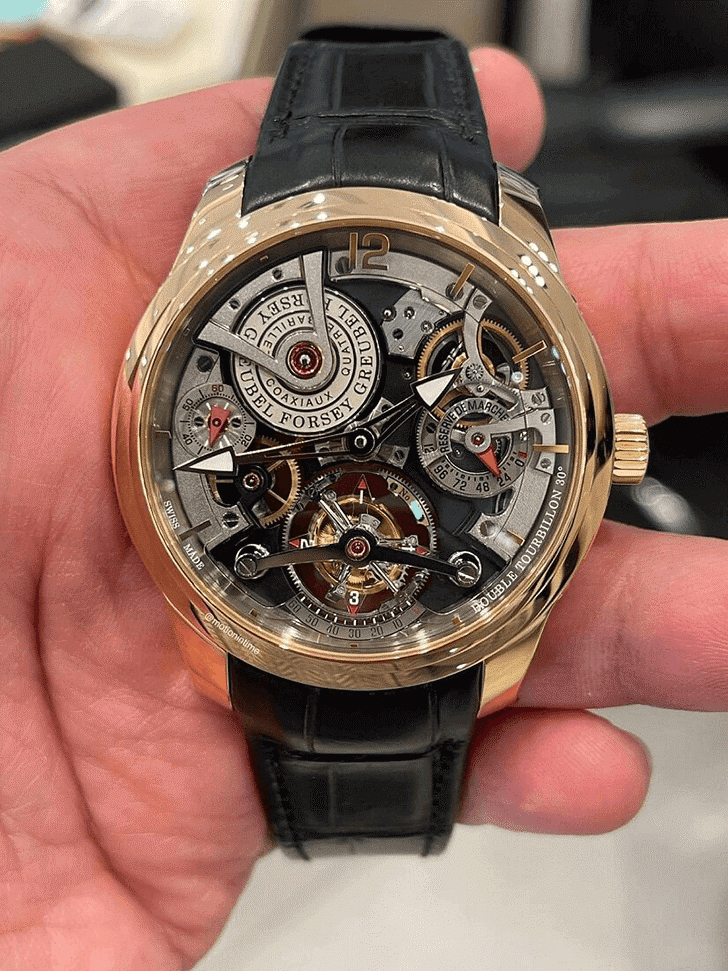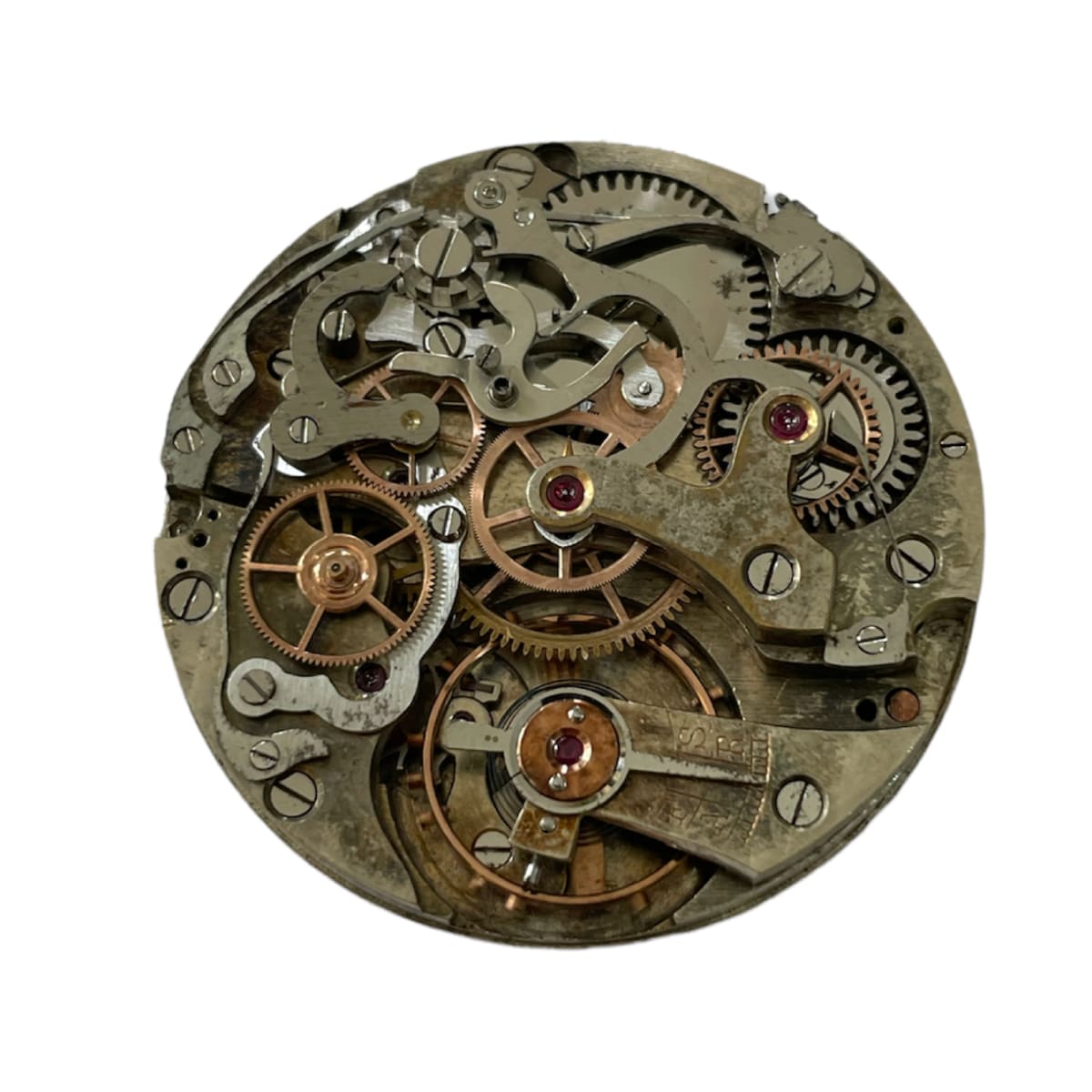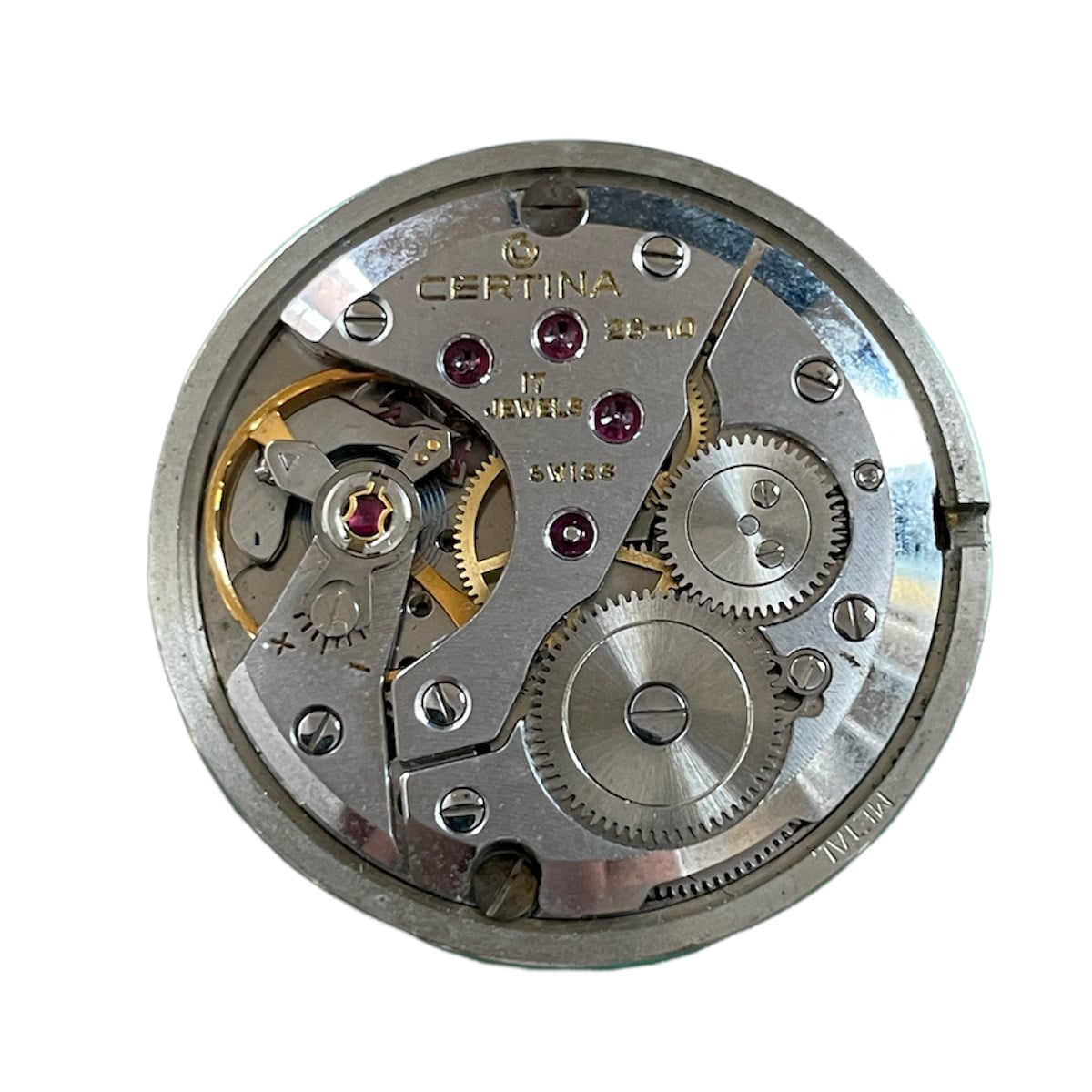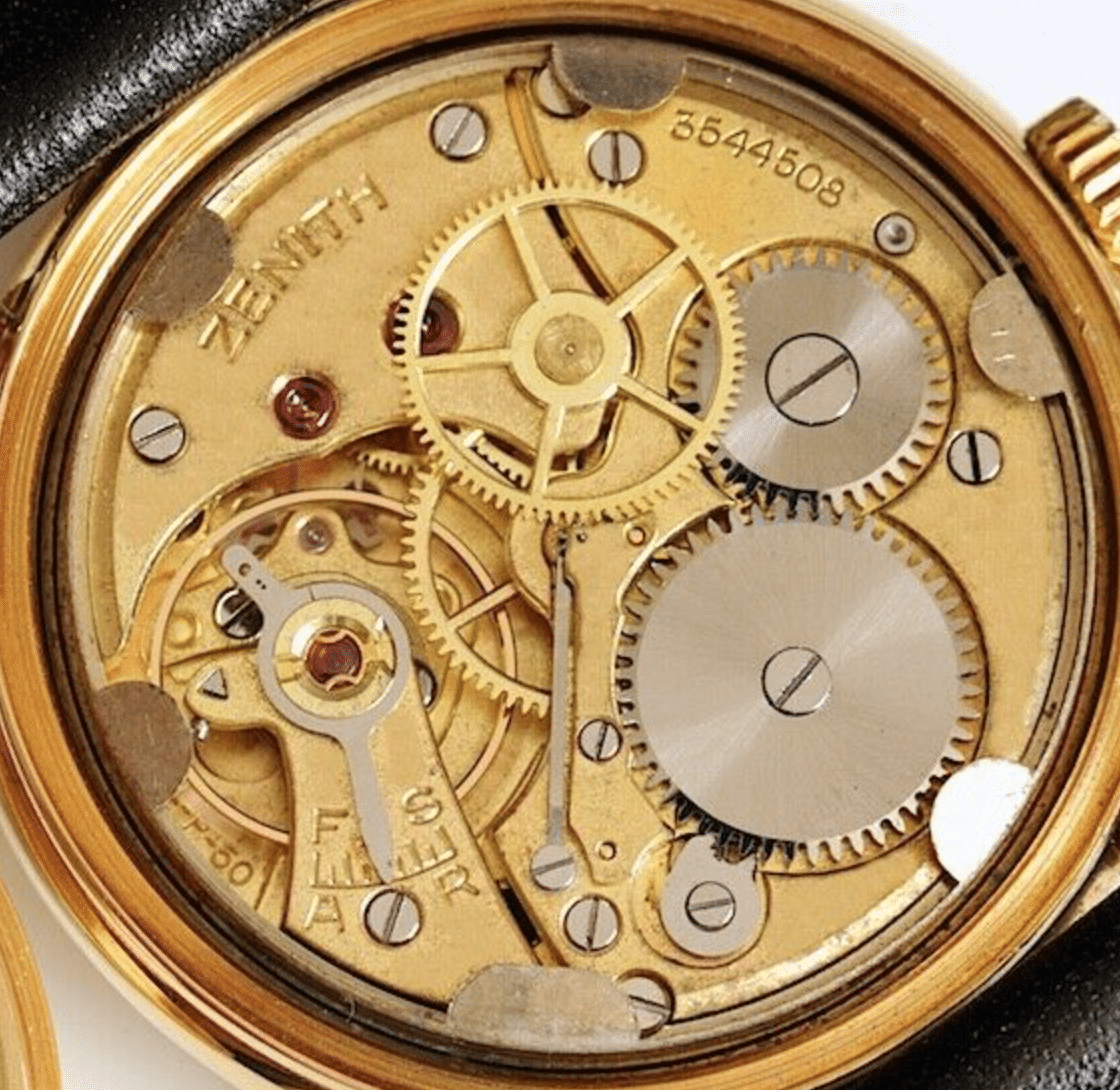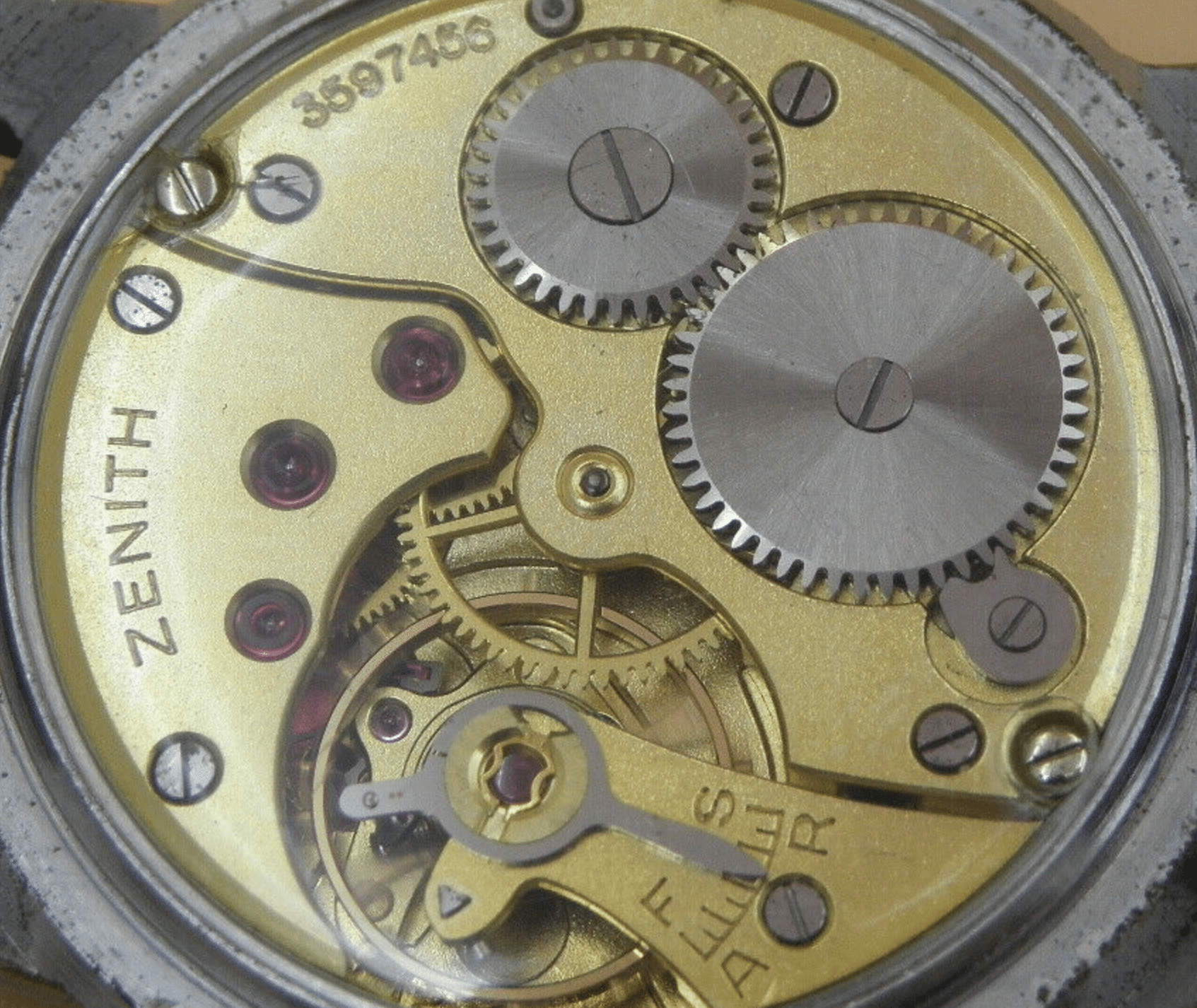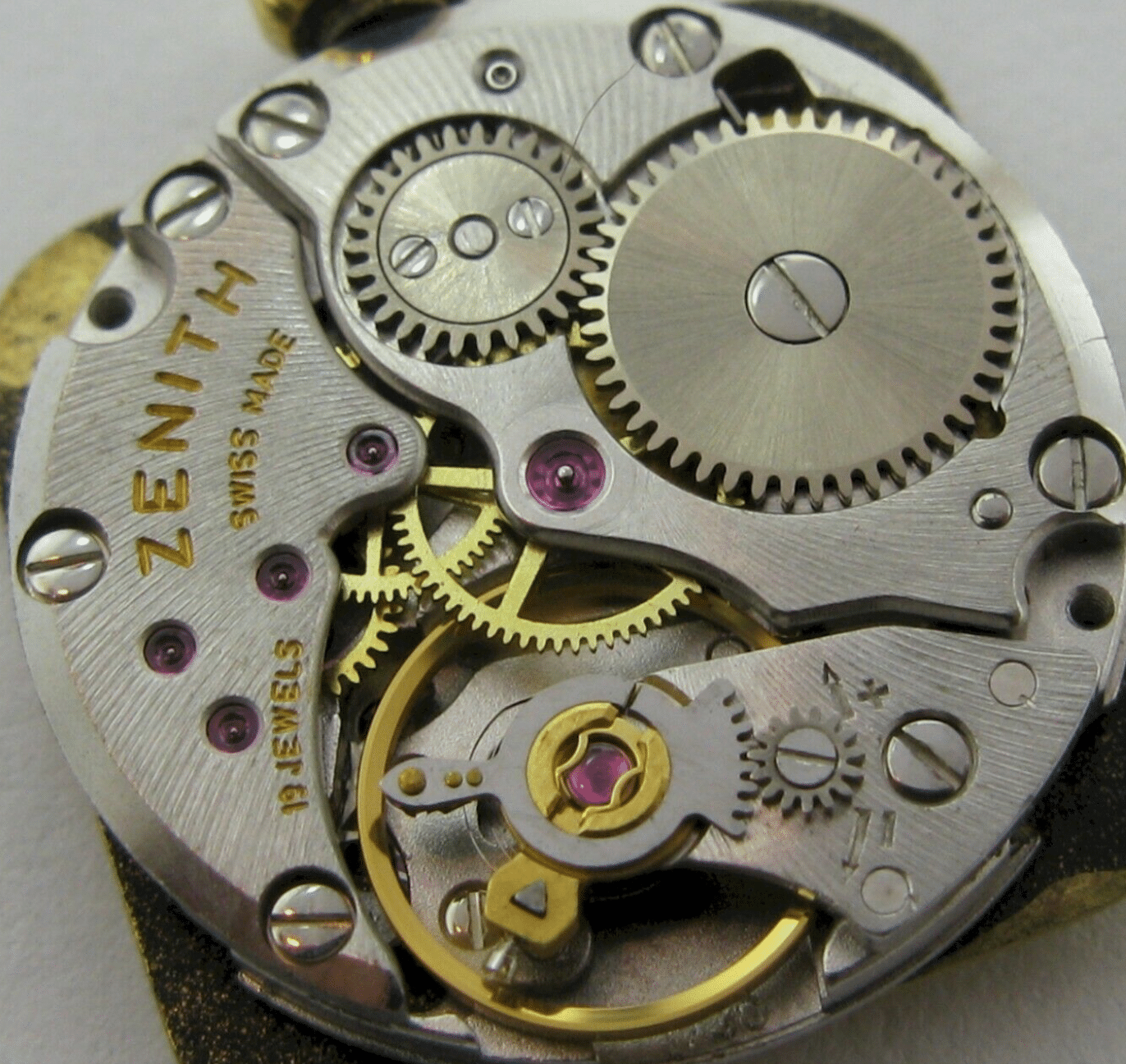Since their inception, the principles of watch and clock mechanics have been used not only to facilitate the telling of time, but also to deliver a visual spectacle; something poetic or whimsical. The power source, transmission and escapement may still be employed, but rather than delivering a wheel-driven reading of time, they are reimagined in order to play music, or to perform a mechanical dance. These creations are not hindered by the high demands that accuracy lays upon timekeeping. This freedom from constraint serves to release the watchmaker from the bindings of isochronism, and in doing so empowers them to create for art rather than objective measurement. From the 18th century automaton to the music box and the watch that suspends time, this chapter sheds light on what takes place in the playground of the watchmaker.
The Automaton
The automaton dates back to early 18th century France, when miniature and life-sized models came to life with the turn of a key. The more impressive ones could be “programed” to perform unimaginably, seemingly, human tasks. It delighted some and outright frightened others. In some respects the art of the automaton was not unlike horology, and watchmakers such as Pierre Jaquet-Droz put their broader mechanical knowledge to work by building automata outright or incorporating them into their movements. Today, a small number of brands create watches with automata, and desopite the rise of the computer, even the robot, there is still something in these small devices that takes the breath from you. Automata and repeaters are a perfect match, and when the former is employed it is often alongside the latter. Not only does the chiming make for an accompaniment to the performance, but both mechanisms can take advantage of the same power and escapement, the automaton can even be directly linked to the racks and hammers so that it dances in time.
The Jaquet-Droz Bird Repeater features two hand-engraved “parent” birds standing over their nest with two chicks and an egg. When the repeater is activated one bird moves its wing, the other offers food to a chick, whose sibling makes a dive to intercept. Just when you think it’s over, their youngest is hatched. The fourth wheel is incorporated into the scene, providing the constant flow of a waterfall.
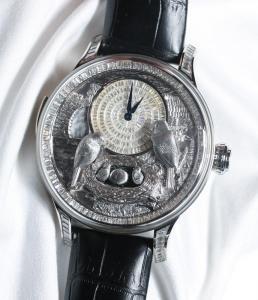
The Ulysse Nardin Hannibal Minute Repeater is a great example of an automaton being integrated with a repeater, in this case a four hammer/gong Westminster repeater. An arm of each of the three figures, as well as the elephant’s trunk, are connected to a hammer, animating the chimes in perfect synchrony.
